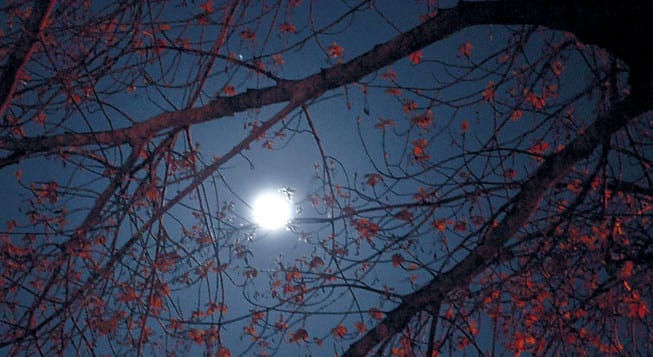Lunar eclipse will be super
Skygazers are in for a special treat this weekend — for the first time in 33 years, there will be a supermoon eclipse.
A supermoon occurs when a full moon reaches the point in its orbit that is closest to Earth, known as its perigee, which happens a handful of times a year. The proximity — of about 222,000 miles — makes the moon look brighter, and it appears about 14 percent larger.
The supermoon on Sept. 27 and 28 will coincide with a total lunar eclipse, which occurs when the moon passes through Earth’s shadow, covering its surface in a red tint.
That red tint occurs because of the refraction of light through Earth’s atmosphere on its way to the moon.
According to NASA, a supermoon eclipse is a rare event. It has happened only five times since the beginning of the 20th century — in 1910, 1928, 1946, 1964 and 1982 — and those who miss it this weekend will not have another chance to catch it until 2033.
As a bonus, it will also be a harvest moon, which is the full moon closest to the autumnal equinox on Sept. 23.
On the East Coast, a partial eclipse will begin at 9:07 p.m. on Sept. 27, according to NASA, with the total eclipse beginning at 10:11 p.m. It will last a little more than an hour before returning to a partial eclipse. The full event will end at 12:27 a.m. on Sept. 28.
At the time the partial eclipse begins for New York viewers, the \moon will be about 26 degrees above the horizon, in the east southeast direction. It will gradually move higher and southward in the sky, so that at the time the partial eclipse ends after midnight, the moon will be about 50 degrees above the horizon to the south.







